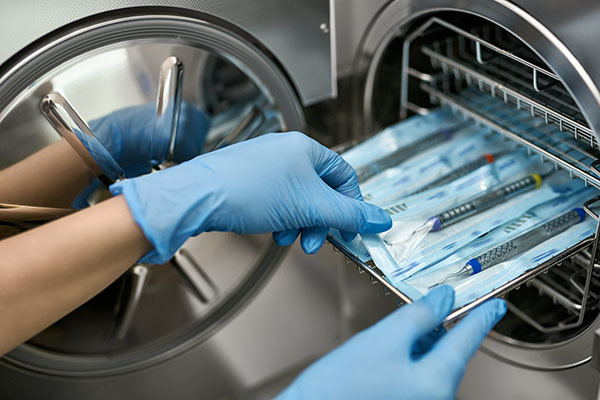In this blog post, we will dispel myths and misinformation about scaling and convince you with facts about why it is beneficial to your dental health, oral hygiene, and physical health. Plaque is produced by oral bacteria that live in the mouth. Plaque is a soft, sticky film that forms on the teeth and gums as a result of harmful bacteria that cause gum disease. If the plaque is not removed promptly through dental cleaning, it hardens and solidifies into tartar. Unattended plaque and tartar would cause bad breath and bleeding gums, weakening your gums and your teeth.
Myth 1: Teeth scaling causes tooth sensitivity!
When dental cleaning is completed, there will undoubtedly be some sensitivity. Temporary or transient sensitivity after cleaning can also occur at times. It is primarily due to the fact that the teeth are finally being exposed to the oral environment after a long period of inactivity. This transient sensitivity will fade after a week. After scaling, we recommend that you use a gum astringent for a week or two to aid in the rapid and effective healing of your gums.
Myth 2: Tooth scaling leads to tooth mobility.
The truth is quite the opposite. The deposits that accumulate on the teeth over time form a “semi-calcified” layer between the gums and teeth, causing the Gums to recede from the teeth. When cleaning is done, it primarily removes tartar deposits, which gives you the impression that your teeth are loosening, but the truth is that this support had been previously provided by the tartar deposits itself. After the scaling, your gums will gradually reattach to the teeth, giving you an incredible feeling that will make you thank your dentist.
Myth 3: Teeth scaling causes spacing between teeth.
The fact is – When teeth are not properly cared for, gum disease develops quickly, and it is the progression of the ‘gum disease’ that causes the gaps between the gums, where tartar accumulates. The gaps are only temporary if the tartar is removed through scaling. The scaler tip is ineffective at pushing the gums away and creating gaps between teeth. When tartar deposits between the teeth are removed, the spacing caused by the tartar deposits becomes visible. The logic is that the gums will return to their original position in a few weeks, assuming there are no other issues.
Myth 4: Teeth scaling involves removing enamel (the upper layer of teeth)
Cleaning or dental scaling does not require anaesthesia and is performed using an ultrasonic scaler. Ultrasonic scaling entails mechanical vibration of the blunt scaling tips, as well as continuous irrigation with water. It is used to remove hard calculus from the tooth’s surface and has no effect on the enamel or oral tissue.
Myth 5: Teeth scaling is a painful procedure.
There cannot be a better lie to deter you from beginning your journey toward maintaining healthy oral hygiene. Scaling is a painless procedure thanks to technological advancements and when performed by a skilled dentist. It is incorrect to associate the sensations of mild scraping and vibrating with pain.
Myth 6: If your gums bleed, you shouldn’t brush your teeth.
Bleeding gums is a classic sign of gum inflammation, also known as gingivitis. Plaque deposits in the gums surrounding the teeth cause bleeding. Gingivitis requires proper brushing and dental scaling or it can progress to periodontitis (advanced stage of gum disease that can even lead to tooth loss).
It is important to have scaling done every six months to maintain good oral hygiene. Plaque and calculus removal on a regular basis strengthens the teeth and prevents other problems, such as gingival inflammation and bad breath.




